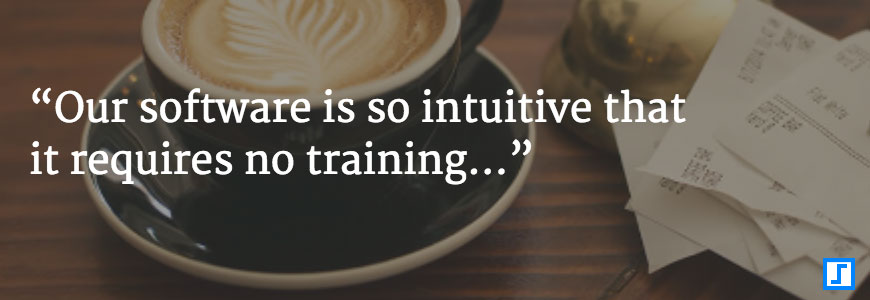Consider two SaaS companies: Company X signs on a new customer. And then, no next steps – they take their own sweet time onboarding and training the customer. The customer’s left wondering what’s next. Company Y, in contrast has an intensive onboarding process. The customer success manager hand-holds the customer through every step of the way. This customer learns to use the product and is able to see an ROI from the get-go. Which company is going to be able to hold on to the customer a year from now?
Guaranteed, a year from now Company X is going to lose that customer. A lot of SaaS companies out there focus on the “Software” component and under-invest on the “Service” component. A powerful post-sales process that sets your customer up for success long-term is necessary to drive down customer churn.
Closed-Won is the first step
The clock starts ticking the minute the sales rep closes the deal. The first 30-90 days sets the tone for the relationship with the customer. The Customer Success Manager should make sure that the new customer is fully onboarded, trained and using the product correctly during this time-frame.
Step 1: The Sales Handoff
The first non-sales call with the new customer should happen as soon as possible after the deal closes. Ideally, the sales rep and the success manager should do an introductory call together with the customer within a week of signing the contract. Ensuring both the sales rep and the success manager are on the call provides a sense of continuity to the customer.
The call establishes that the success manager is now taking ownership of the customer and becomes the point of contact for all communication going forward. The call ends with a “one page success roadmap” that describes the process going forward.
Aside: The One Page Success Roadmap
I believe it is necessary to set the agenda before every customer touch-point so that both the success manager as well as the customer has some context going in. The roadmap sets this agenda as well as the sequence of necessary steps the customer will take to be successful — so that they know exactly what to expect.
It’s key to include:
- People: Who from the customer’s end needs to be involved? Do technical or operational staff need to be present at some calls?
- Materials: Does the customer need to come prepared with a CSV export before a call? Include that here.
- Timeframe: How long will the step usually take? If a particular step takes longer than the norm, you can jump in and investigate.
Step 2: Technical Configuration
The following call gets into the nitty-gritty details of configuring the product for their needs. During the sales handoff call, customer success should learn and re-affirm exactly why the customer bought the software. This allows customer success to fulfill the promise that was made by the sales rep. Nothing creates more dissatisfaction sooner than a customer finding out that they were oversold during the sales process. Depending on the complexity of the product, this could be a short process.
Make sure you write down the reason for purchase in your system of record. This will come handy when your champion changes or at renewal time.
Step 3: Training
Once the product is configured and fully functional, the customer needs training to become comfortable with the workflows that are specific to their internal business processes. They should also become comfortable with the self-service components like educational videos, support portal etc.
Step 4: 30-day checkin
Thirty days after the onboarding process, the success manager needs to schedule a call with a customer to learn if they are getting the greatest value from the product they’ve purchased. If a customer is not onboarded correctly or dissatisfied, they are bound to cancel their contract. It’s still not too late to intervene and save the customer.
Takeaway
If this seems like a lot of work — it is. The first 30-60 days are critical in the relationship and having the customer setup for success long-term is the only way to earn their loyalty.

